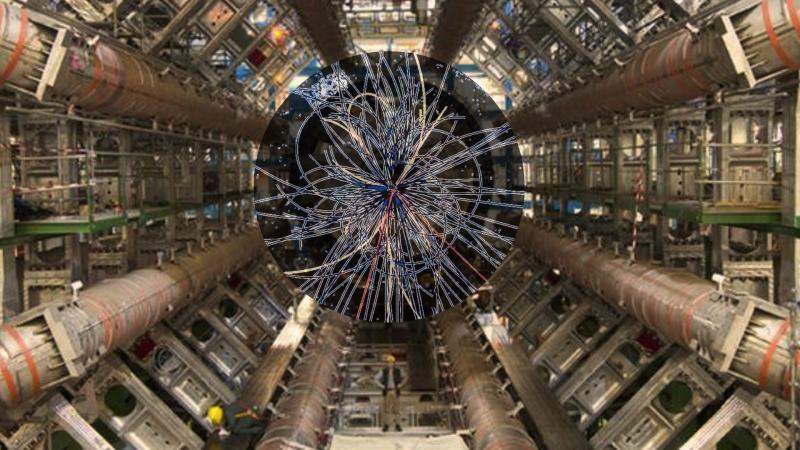
CERN Scientists Shedding Light on Antimatter & Universe’s Origins
The Large Hadron Collider (LHC) at CERN, one of the most complex and powerful particle accelerators in the world, has been a hub of groundbreaking research in recent years. The latest discovery at the ALICE (A Large Ion Collider Experiment) collaboration has once again pushed the boundaries of human understanding, offering insights into the fundamental forces of nature and the universe’s early moments.
In a recent breakthrough, the ALICE collaboration has confirmed the first evidence of antihyperhelium-4, a type of exotic antimatter particle. This remarkable finding has significant implications for our understanding of matter-antimatter balance and the universe’s origins.
Antimatter is a fascinating concept that has long fascinated scientists and the general public alike. In the 1920s, physicists Paul Dirac and Werner Heisenberg predicted the existence of antimatter, which is essentially a mirror image of regular matter. However, the existence of antimatter was only confirmed in the 1950s, when physicists detected antielectrons, also known as positrons.
Since then, scientists have been working to understand the properties and behavior of antimatter, which is incredibly rare in the universe. Matter and antimatter are thought to have been created in equal amounts in the early universe, but somehow, matter predominates today. This asymmetry between matter and antimatter is still not fully understood, and scientists are working to unravel the mystery.
The latest discovery at the ALICE collaboration is a significant step forward in this quest. By colliding heavy ions at nearly the speed of light, scientists were able to create a hot, dense plasma that mimics the conditions of the early universe. This plasma is thought to have given rise to the first antimatter particles, including antihyperhelium-4.
The ALICE collaboration used the LHC to collide lead ions at a record-breaking energy of 5.02 TeV per nucleon. The resulting plasma was so hot that it reached temperatures of over 100 million degrees Celsius, hotter than the core of the sun. This extreme environment allowed scientists to create a range of exotic particles, including antihyperhelium-4.
Antihyperhelium-4 is a particularly interesting particle, as it is a type of antimatter that is thought to have been abundant in the early universe. The detection of this particle provides valuable insights into the fundamental forces of nature and the conditions that existed in the early universe.
The discovery of antihyperhelium-4 also opens up new avenues for research into the properties of antimatter. By studying the behavior of this particle, scientists can gain a deeper understanding of the forces that govern the behavior of antimatter and the matter-antimatter asymmetry.
The ALICE collaboration’s discovery is a testament to the power of human curiosity and the importance of fundamental research. By pushing the boundaries of what is thought to be possible, scientists are able to uncover new secrets of the universe and shed light on some of the most profound mysteries of all time.
As researchers continue to explore the mysteries of antimatter and the universe’s origins, they are getting closer to answering some of the most fundamental questions of all. What happened in the early universe? Why is matter so much more abundant than antimatter? And what are the fundamental forces that govern the behavior of matter and energy?
The answers to these questions may lie in the extreme conditions created at the LHC, where scientists are able to recreate the conditions of the early universe and study the behavior of exotic particles. The discovery of antihyperhelium-4 is a significant step forward in this quest, and it is likely to be just the beginning of a new era of research into the mysteries of antimatter and the universe’s origins.
Source:
https://researchmatters.in/news/exotic-antimatter-spotted-heavy-ion-collisions-lhc






